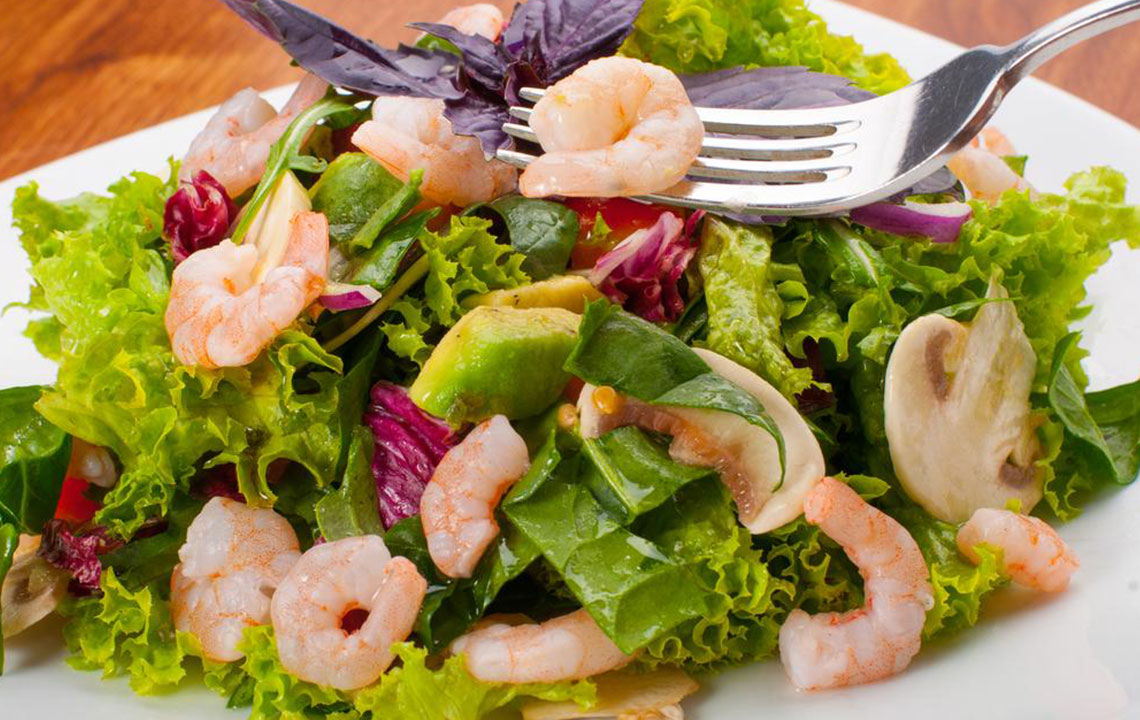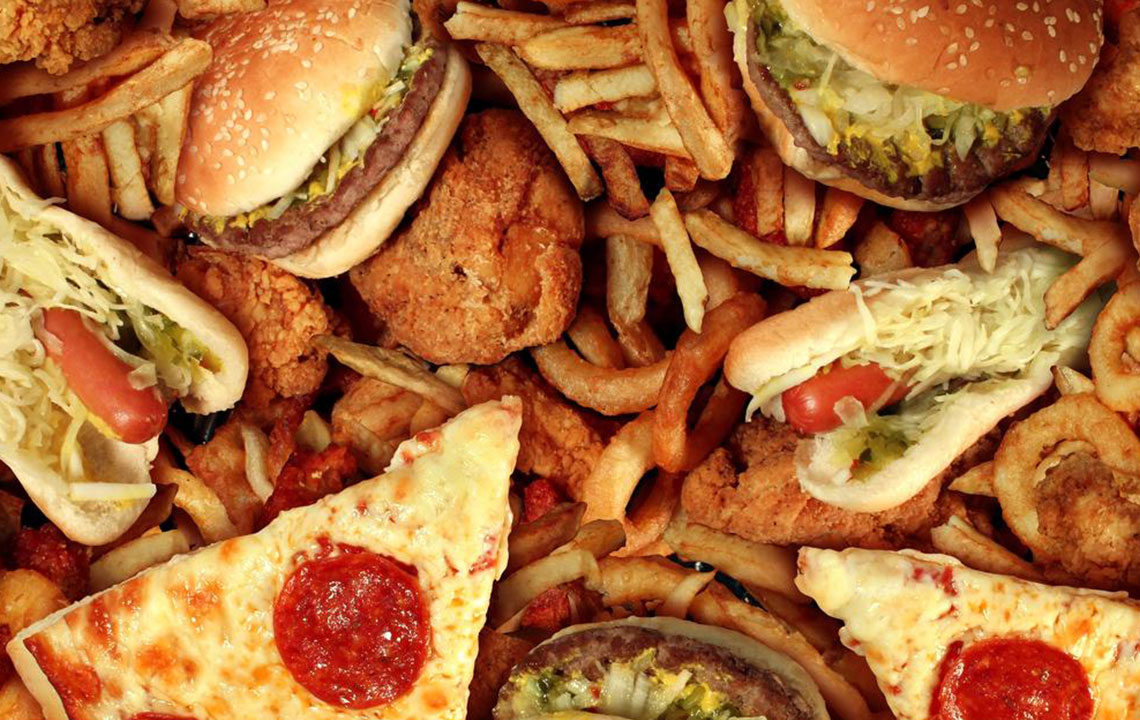Comprehensive Guide to Identifying and Managing Common Food Triggers for Acid Reflux
This comprehensive guide provides detailed insights into common food triggers for acid reflux and effective management strategies. Learn how diet, lifestyle, and habits influence symptoms, and discover practical tips to reduce discomfort and prevent GERD. Tailored dietary choices and lifestyle modifications are essential for long-term reflux control, helping you enjoy meals without worry. The article emphasizes identifying personal triggers, adopting healthier habits, and understanding the role of specific foods to maintain a comfortable digestive system and improve quality of life.

Comprehensive Guide to Identifying and Managing Common Food Triggers for Acid Reflux
Experiencing a recurring burning sensation that starts in your stomach and rises into your chest, often accompanied by regurgitation of sour-tasting food, is a hallmark sign of acid reflux. While occasional episodes are common and usually not a cause for alarm, persistent or intense symptoms that interfere with sleep and daily activities should prompt a consultation with a healthcare professional. Understanding the underlying causes of acid reflux, particularly the role of diet and lifestyle, can significantly improve management and quality of life.
At the core of acid reflux is the functioning of the lower esophageal sphincter (LES) — a muscular ring at the junction of the esophagus and stomach. Under normal circumstances, the LES acts as a barrier, opening to allow food into the stomach and closing tightly to prevent acid and gastric contents from escaping back into the esophagus. When the LES weakens or relaxes inappropriately, stomach acids can escape, leading to the painful and uncomfortable symptoms associated with acid reflux.
This backflow of acid can cause symptoms such as heartburn (a burning sensation in the chest), sour taste in the mouth, nausea, bloating, and difficulty swallowing. Additionally, persistent acid exposure can irritate the esophageal lining, resulting in sore throat, cough, and even esophageal inflammation. If left unmanaged, these symptoms can develop into a more severe condition known as gastroesophageal reflux disease (GERD), which may require medical intervention and lifestyle modifications.
The Critical Role of Diet in Acid RefluxDiet plays a pivotal role in both triggering and alleviating acid reflux symptoms. Foods that are highly acidic, greasy, or spicy can weaken the LES muscle or increase stomach acid production, thereby exacerbating reflux episodes. Making mindful dietary choices is often one of the simplest yet most effective ways to manage symptoms alongside medications and other lifestyle adjustments.
Several factors can precipitate reflux attacks, including large meals, eating late at night, obesity, pregnancy, smoking, and certain medications. Understanding these contributing factors can help in developing an effective management plan tailored to individual needs.
Foods That Are Common Triggers for Acid Reflux and Should Be Consumed in Moderation or Avoided
Deep-fried foods such as onion rings, fried chicken, and french fries — These are high in unhealthy fats that can relax the LES and increase acid production.
High-fat and greasy dishes like cheeseburgers, pizza, and creamy sauces — Fat slows digestion and can trigger reflux episodes.
Foods prepared with excessive butter, lard, or oil — These can contribute to increased stomach fat and LES relaxation.
Spicy foods like chili peppers, hot sauces, and certain seasonings — They can irritate the esophageal lining and worsen symptoms.
Herbs and spices such as cinnamon, ginger, dill, parsley, basil, thyme, and tarragon — Although flavorful, these can sometimes trigger reflux in sensitive individuals.
Caffeinated beverages, including coffee, black tea, and energy drinks — Caffeine stimulates acid secretion and can relax the LES.
Peppermint and spearmint — Commonly believed to soothe digestion, but they can relax the LES and promote reflux in some cases.
Citrus fruits and their juices like oranges, lemons, grapefruits, and limes — Their high acid content can increase symptoms.
Raw or cooked onions, garlic, tomatoes, and mint — These foods are known to trigger reflux in many people.
Carbonated beverages, including sodas and sparkling waters — The bubbles can distend the stomach and increase pressure on the LES.
Alcoholic drinks, especially wine and spirits — Alcohol relaxes the LES and stimulates acid production.
Whole milk and high-acid condiments like vinegar and pickles — These can contribute to acid overload.
Processed and packaged foods — Often containing preservatives and high levels of unhealthy fats and additives that can trigger reflux symptoms.
Effective Strategies to Manage Acid Reflux SymptomsWhile avoiding trigger foods is crucial, adopting specific habits and lifestyle modifications can significantly reduce the frequency and severity of reflux episodes. Combining dietary management with behavioral changes leads to sustainable symptom control.
Start by eating smaller, more frequent meals throughout the day instead of large meals that burden the stomach. Smaller portions are easier to digest and less likely to cause acid reflux. Drinking plenty of water and herbal teas can help dilute stomach acids and soothe the esophagus.
Chewing food thoroughly and eating slowly allows better digestion and reduces the likelihood of reflux triggered by swallowing air or overeating. Avoid eating late at night; aim to have your last meal at least three hours before bedtime to give your stomach sufficient time to process food.
Healthy snacks such as fresh vegetables, plain crackers, or fruits like bananas and apples are good options when hunger strikes. Avoiding stressful eating environments and practicing mindful eating can further help prevent reflux attacks.
In addition to dietary measures, physical strategies such as quitting smoking, maintaining an upright posture during and after meals, and elevating the head of your bed by six to eight inches to prevent nighttime reflux are highly effective. Weight management through diet and exercise can also lessen pressure on the stomach and LES.
Identifying your personal food triggers through tracking foods and symptoms can lead to customized diet plans. A diet rich in non-citrus fruits, vegetables, lean proteins, whole grains, and healthy fats is generally safe and beneficial for managing acid reflux. Ultimately, long-term success depends on consistent lifestyle choices and awareness of individual sensitivities.
In conclusion, understanding the common food triggers and implementing practical management techniques empowers individuals to control acid reflux symptoms effectively. By making informed dietary and lifestyle adjustments, you can enjoy a healthier, more comfortable life even with a history of reflux.





